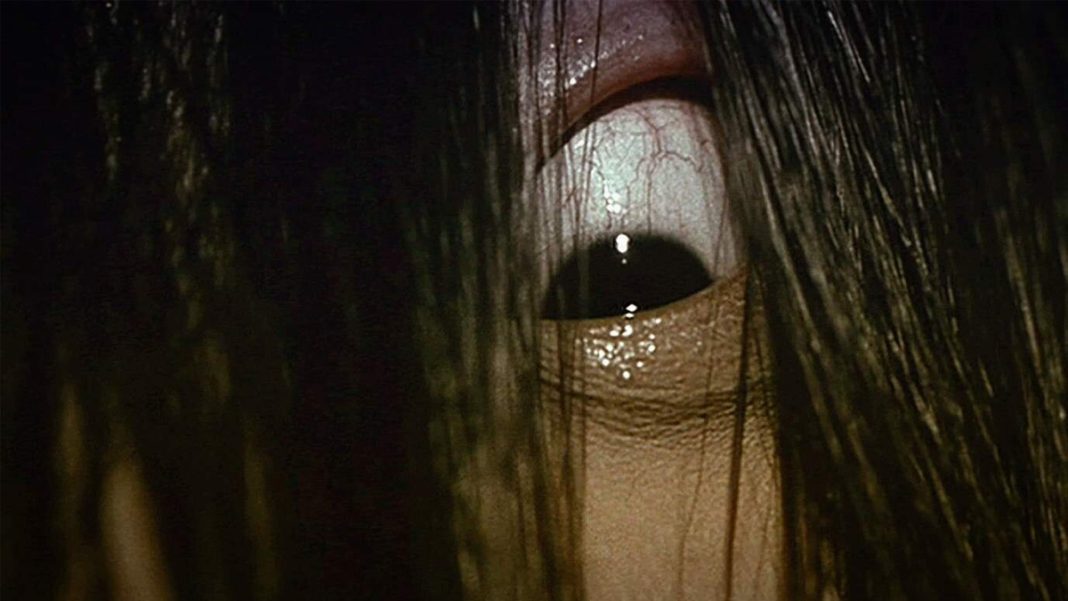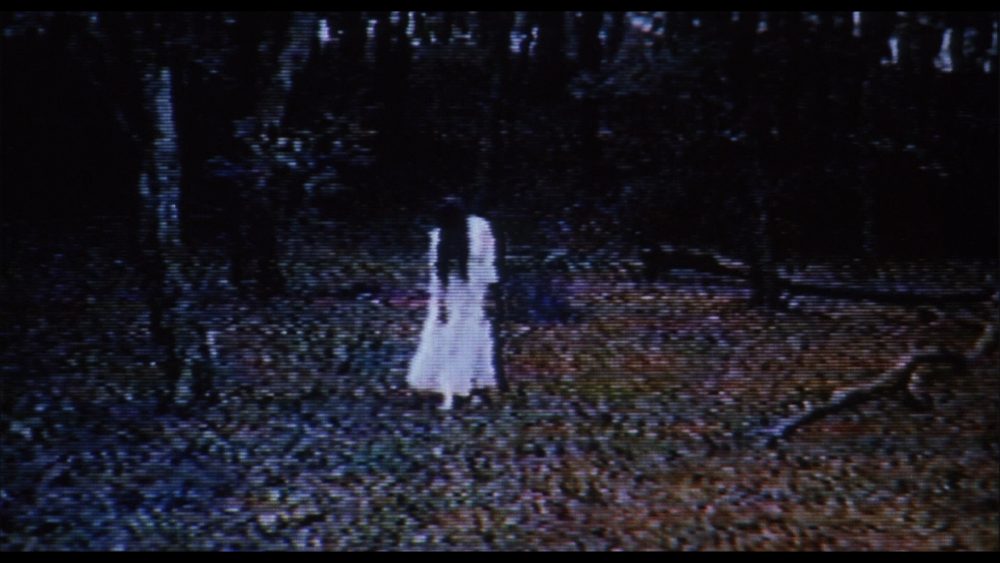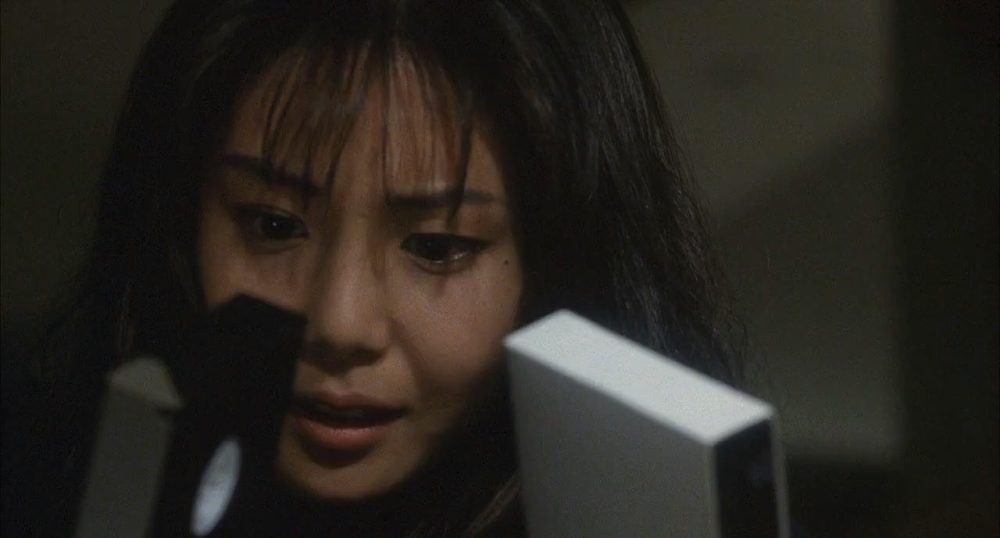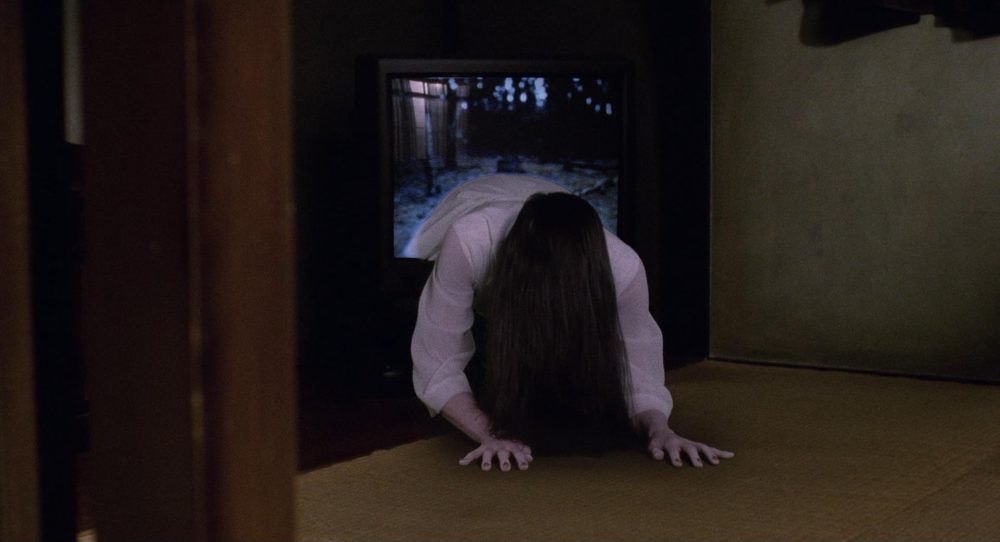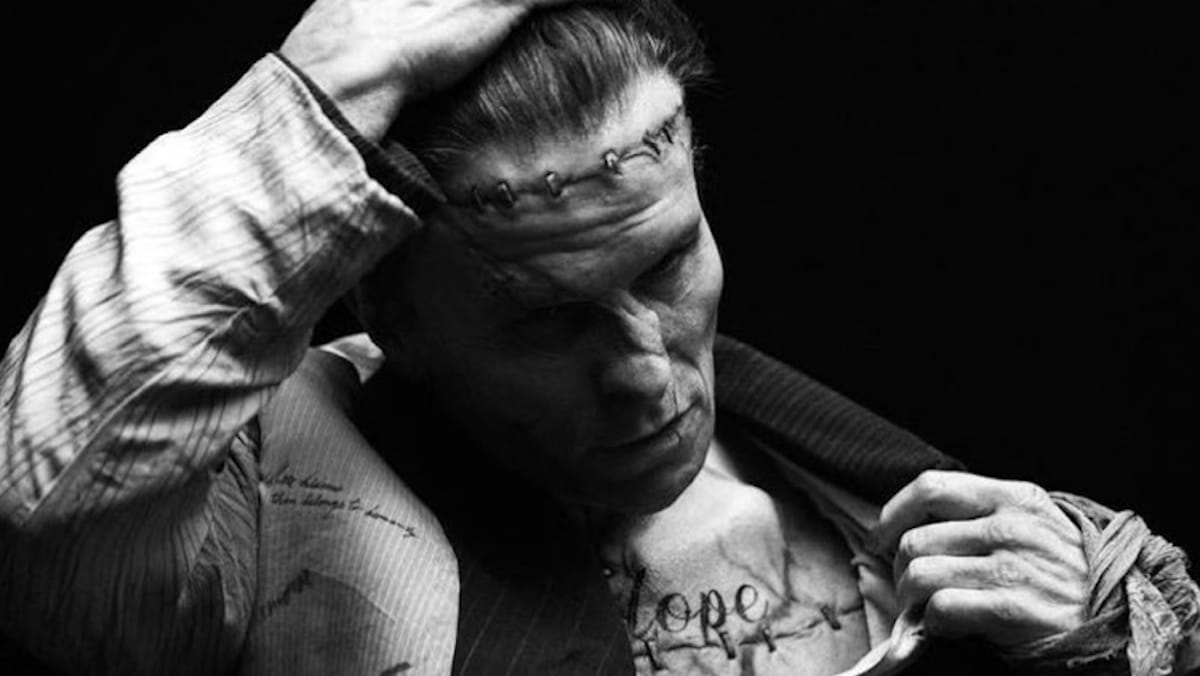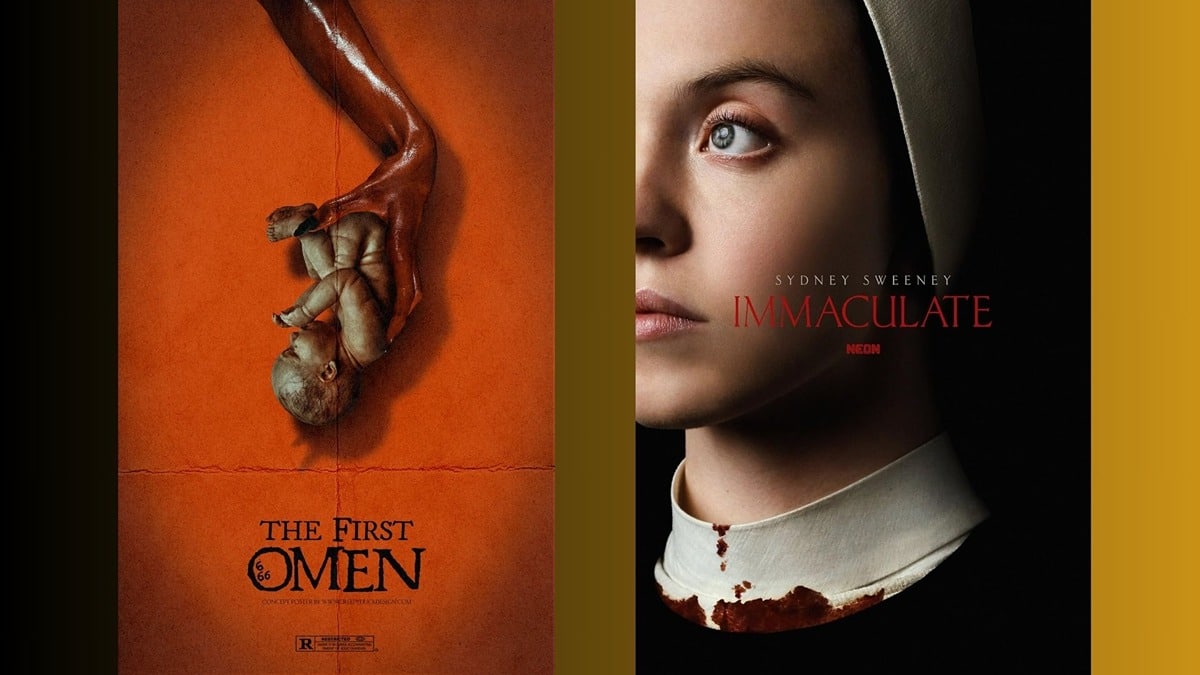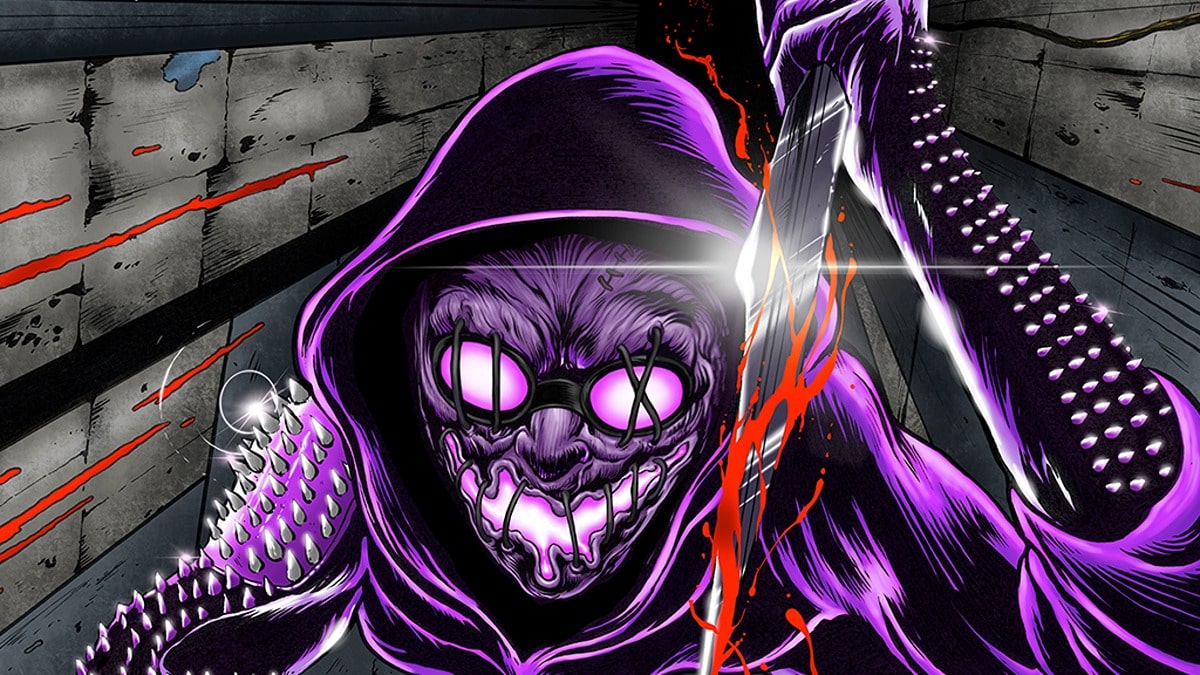Written by Gabriel Serrano Denis
With the release of 2002’s The Ring, a new kind of horror was brought into the US mainstream, and along with it a new monster to haunt our daily lives. Directed by Gore Verbinski and led by an up and coming Naomi Watts, the film was a refreshing take on the classic ghost story, yet this time the haunting came by way of technology – a VHS tape that put a curse on whoever watched it. Mixing modern anxieties with urban folklore, it was the kind of horror designed to seep into our reality as we found the parallels with our own spooky legends. It was a resounding success, both in the box office and in infiltrating our collective subconscious. Yet, 4 years before, it was Ringu, the original Japanese theatrical adaptation of Koji Suzuki’s book of the same name, that laid the groundwork for The Ring’s success.
Film connoisseurs were well aware of Hideo Nakata’s Ringu and its impact overseas, but it wasn’t until The Ring proved its success that it started popping up in video stores in the US, not unlike the very VHS from the film. Once you saw a copy, it was everywhere. Watching Ringu after The Ring was a unique experience – audiences saw much the same story play out minus the sheen and Hollywood-veneer which in turn revealed something far more perplexing than the curse at its core: it was scarier.
Verbinski’s The Ring is a very good film and the rare remake that respects the original while building its own mood and visual language. But Ringu remains king in telling the story of journalist Reiko Asakawa (Nanako Matsushima) who’s niece dies under strange circumstances on the day several other of her friends died as well. What do they have in common? They all watched a video said to curse whoever watches it with certain death within 7 days. When Reiko begins investigating further into the rumors of the video, she finds it and watches it, setting into motion the deadline for her presaged death and the investigation as to how to stop it. In her investigation, she turns to ex-husband Ryuji Takayama (Hiroyuki Sanada) who also possesses psychic powers that will help them figure out the root of the curse.
The first thing to leave a disturbing impression on viewers is the visual style of the film. Miles away from the cold and varnished look of The Ring, Ringu is like seeing the actual wood of a decaying door, peeled back and splintered. Its naturalistic and stark lighting lend the film the feel of a casual tale, as if a close relative or friend were telling you a scary story (This look would become the standard for many other successful J-Horror films in Japan like Pulse, One Missed Call, and Dark Water). The film starts with the now classic scene of two schoolgirls talking about one of them having watched the video, but other simple and effective scenes at the beginning of the film help create this unnerving and familiar mood, as Reiko interviews schoolgirls about the cursed video before we even know that the recently deceased girl is her niece. The girls look clearly spooked about the video but talk about it naturally, no tense violins or horns to drive home the creepiness. It’s all very matter of fact, like the stories we would tell when passing by a supposedly haunted house or bridge from our hometowns.
Then add to that the actual cursed video. A work of highly effective and terrifying experimental cinema, the video is pure nightmare fuel. People crawl through the ground in grainy black and white, a woman brushes her hair in front of a mirror that in a split second switches position to the other corner of the room and reveals a little girl in its reflection, an extreme close-up of an eye with the kanji for Sadako clearly reflected in its pupil, and a shot of an isolated well in the countryside, a figure seeming to lift itself out of it right before the video turns to static. Watching it on screen makes the viewer feel as cursed as the protagonist.
Ringu ebbs and flows at a leisurely pace, but the sense of dread is ever so present. Smartly counting down the remaining days until Reiko dies, the viewer remains in agonizing anxiety as the two protagonists find clues and gather information. In this sense, Ringu unfolds like a classic ghost story not unlike The Innocents (1961) and The Uninvited (1944). Nakata uses the blueprint for these films to tell his own ghost story, mixing Western narrative devices with traditional Japanese imagery from folklore. Just like the American and British ghost films, we follow Reiko and Ryuji as they try to find out how to stop the curse by first understanding it and in the process, of course, finding a scorned and vengeful spirit.
Unlike The Innocents, we know the curse is real, but the desperation and madness that comes with this classic ghost story is on full display in Ringu. Films like Sinister (2012), Lights Out (2016) and Smile (2022) continue to work with these classic blueprints but also take directly from Ringu, which created its own narrative devices in the process for others to use. Curses stemming from objects or images, powerful vengeful spirits, and horror present in everyday life have become modern horror tropes aided by Nakata’s foundation.
Like any good ghost story, it is the ghost herself that makes this story worthwhile. Sadako, a girl with amazing psychic powers passed down from her mother and an unknown entity, is one of the most tragic movie monsters of recent memory. Turned into a monster by her surrogate father, who thought to have killed her but only gave her the freedom to expel her rage on the world, Sadako is indeed evil but one cannot help but empathize as well. Taking the concept of vengeance to a whole new level, her haunting lies in a video that must be copied and passed down to others to watch and spread like a virus. Her rage is not encased in one house or area, but the whole world. In an age where video and digital content was beginning to have more exposure through the internet, the thought of a video that could kill was horrifying. And it still is.
The iconic final scene of Sadako coming out of the television set to kill Ryuji combines all of Hideo Nakata’s brilliant direction and storytelling techniques – the natural and stark visuals, the slow pace, the banality of a wet girl with her long black hair covering her face, the subtle makeup showing torn fingernails – it all makes up for a moment of pure terror that showcases the film’s everlasting impact on horror filmmaking. 25 years of haunting is a long time, but in the history of film haunts Ringu remains quite young. But those years have proven that its virus continues to spread and will haunt future generations for far more than 7 days.


